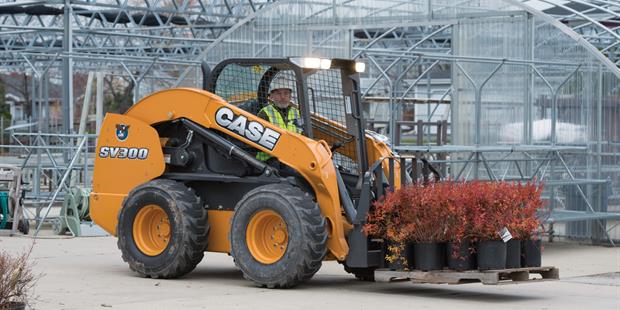Lift equipment can be incredibly useful in various industries, but it can also be hazardous if not used properly. Whether you’re operating a forklift, crane, scissor lift, or boom lift, it’s crucial to follow safety guidelines to prevent accidents and injuries.


- Ensure that all operators are properly trained and certified to operate the equipment.
- Always conduct a pre-operation inspection to check the equipment’s condition and ensure that it’s safe to use.
- Avoid overloading the equipment and make sure that the load is evenly distributed.
- Maintain proper visibility using mirrors or visual aids and always use safety features such as seat belts and guardrails.
- Use caution when maneuvering in narrow or confined spaces and avoid sudden movements or excessive speeds.
- Follow all manufacturer guidelines and safety regulations, including requirements for use in specific environments or for certain tasks.
- Regularly maintain and inspect the equipment to ensure that it’s in proper working condition.
- Never use lift equipment to lift people, unless it’s designed for that purpose.
- Always be aware of your surroundings and avoid operating lift equipment near other workers or obstacles.
- If any issues or problems are noticed during use, stop using the equipment immediately and report the issue to a supervisor or maintenance team.

By following these tips and taking necessary safety precautions, you can help prevent accidents and injuries while using lift equipment.
First and foremost, it’s essential to be properly trained and certified to operate lift equipment. Training programs should cover the equipment’s functions, safety features, and how to properly operate and maintain the equipment. It’s also important to have a thorough understanding of load capacity and weight distribution to avoid overloading the equipment.
Before operating any lift equipment, it’s necessary to conduct a pre-operation inspection to ensure that the equipment is in proper working condition. This inspection should include checking the controls, brakes, steering, tires, and other critical components. If any issues are discovered during the inspection, the equipment should not be used until repairs are made.
While operating lift equipment, it’s important to maintain proper visibility by using mirrors, spotter assistance, or other visual aids. Always use seat belts and other safety features provided with the equipment, such as safety harnesses or guardrails. It’s also important to use caution when maneuvering in narrow or confined spaces and to avoid excessive speeds or sudden movements.
Finally, it’s essential to follow all manufacturer guidelines and safety regulations when using lift equipment. These guidelines may include specific requirements for use in certain environments or for specific tasks. By following these guidelines and taking the necessary safety precautions, accidents and injuries can be prevented, and lift equipment can be used safely and effectively.

